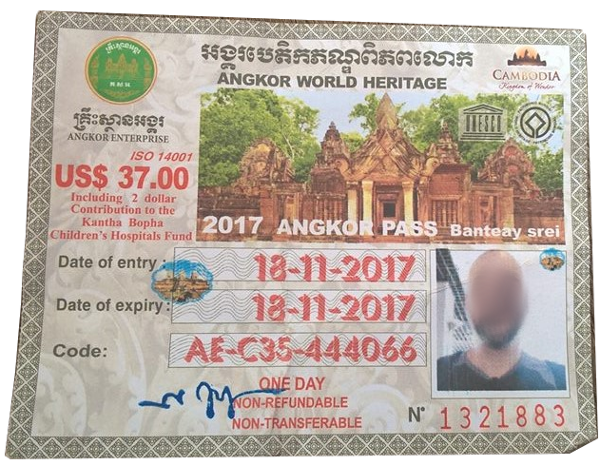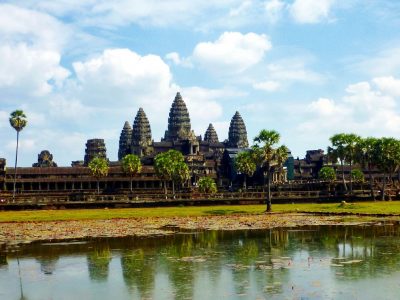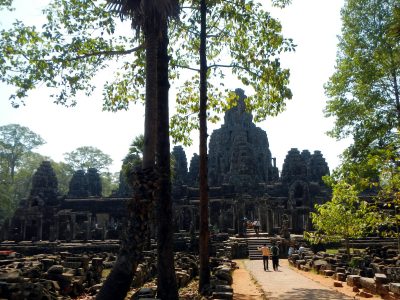Medical Notes for Angkor Wat
The Centers for Disease Control and Prevention provides comprehensive information on vaccination recommendations and information disease risks. The tropical climate of Asia offers many mosquitoes an optimal climate, which is why you should always protect against mosquito bites. In general, disease warnings for a country do not have to apply to certain regions and vice versa. Here is some information about diseases especially in and around Angkor Wat.
Malaria in Angkor Wat
According to the Foreign Office of Germany, the Siem Reap and Angkor Wat regions are considered malaria free. (Source: www.auswaertiges-amt.de/DE/Laenderinformationen/00-SiHi/KambodschaSicherheit.html?nn=391380#doc391312bodyText6, as of 28.10.2017)
Dengue fever in Angkor Wat
In contrast to malaria, the dengue virus is transmitted by the Asian tiger mosquito during the day and also in Angkor Wat. Especially the rainy season from Mail to Okotober increases the risk. Always use anti-mosquito spray. Dengue fever rarely ends in death.
Angkor Wat risk: The most recent information from the World Health Organization (WHO) shows that from January to September 2017, there were approximately 2500 infections and one death across Cambodia and reported at a maximum of 150 per month. There are no exact numbers of Angkor Wat, but you can do the following extrapolation. In 2016, there were approximately 2.3 million visitors in the Angor Wat / Siem Reap region. Assumption: If only the tourists met, then with about 150 infections per month and with about 190,000 tourists per month, the risk would be 0.08%, ie less than one per thousand. And this assumption is completely exaggerated. So you should not let your impressions of Angkor be ruined by exaggerated concern about dengue fever.
(Source: www.wpro.who.int/emerging_diseases/dengue_biweekly_report_20171024.pdf, as of: 28.10.2017)





